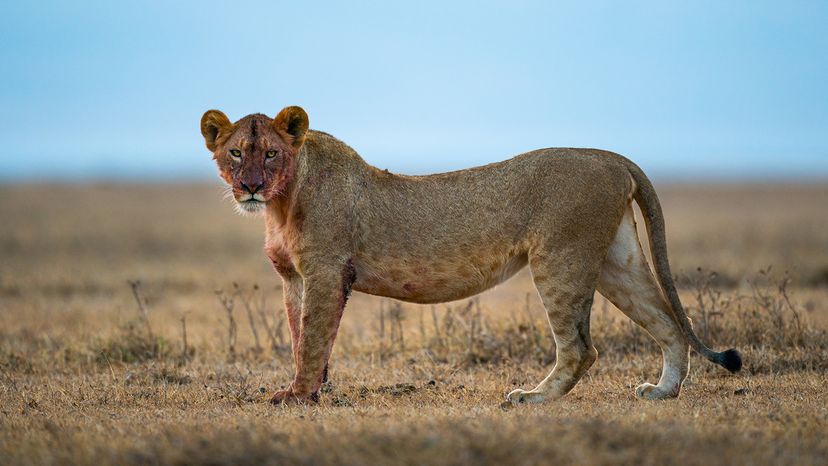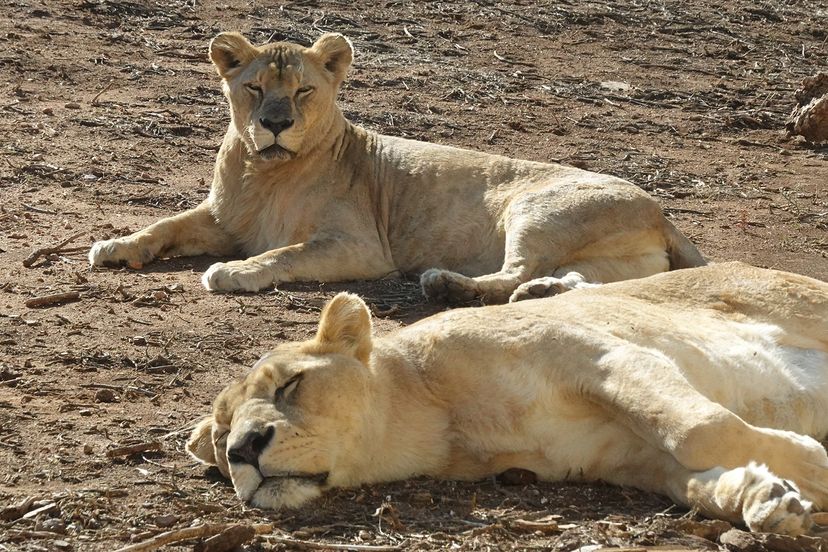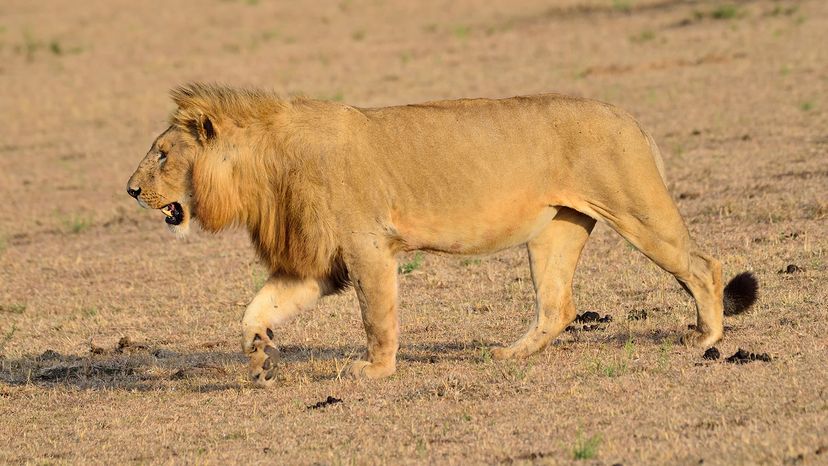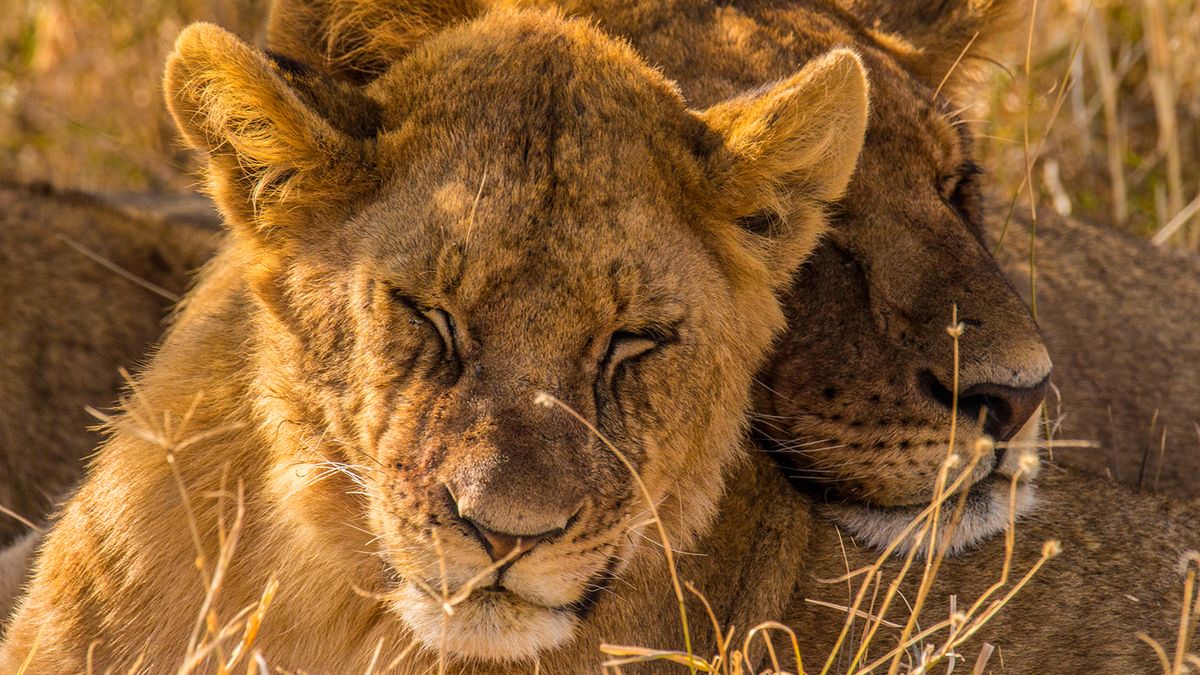1. Southern African Lion (Panthera leo melanochaita)

Light and Vision / Shutterstock
Often referred to as the Transvaal lion or southeast African lion, this group is common in national parks like Kruger in South Africa and Chobe in northern Botswana.
Southern lions tend to be large, with males weighing up to 250 kilograms (550 pounds). They are among the most-studied wild lions due to their high visibility in popular safari destinations.
White Lions
White lions are not a separate species or subspecies, but a rare color morph of the southern African lion. Caused by a recessive gene, these lions are occasionally seen in the wild in areas like the Timbavati region of South Africa. Breeding programs have helped sustain their population in captivity.
2. Katanga Lion (Panthera leo bleyenberghi)

Fanouria / Shutterstock
Hailing from southwestern Africa, particularly Angola and parts of Namibia, Katanga lions are known for their lighter manes and large size. They are considered part of the southern lion group and have adapted to drier conditions near the Kalahari Desert.
3. West African Lion (Panthera leo senegalensis)
This rare and critically endangered subspecies is found in a few protected areas in West Africa. The West African lion is smaller and more lightly built than southern or eastern lions.
Their habitat includes dense forests and open savannas, but population numbers have dropped dramatically due to habitat loss and poaching.
4. East African Lion (Panthera leo nubica)

J.M.F. Almeida / Getty Images
Native to regions like Kenya and Tanzania, the East African lion is known for its athletic build and relatively modest mane. These lions primarily inhabit savannas and open woodlands.
Panthera leo nubica is often distinguished by slight genetic and morphological differences from other lion populations outside East Africa, and some taxonomies recognize it as a distinct subspecies.
5. Ethiopian Lion (Panthera leo roosevelti)
Sometimes considered a unique subspecies, the Ethiopian lion is native to Central Africa and known for its dark, full mane. Found primarily in the highlands of Ethiopia, this lion population is small and vulnerable, with conservationists pushing for more focused breeding programs.











